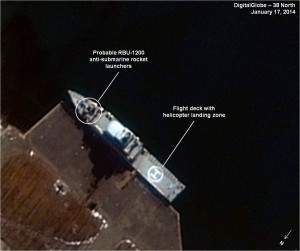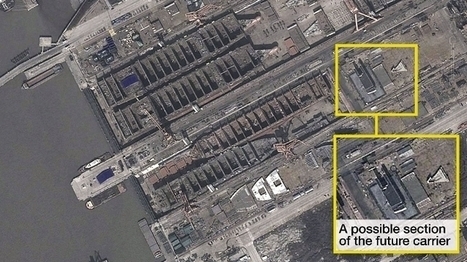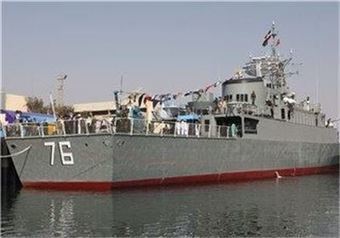Summary
Recently, commercial satellite imagery has identified two new North Korean helicopter carrying frigates. These are the largest surface combatants constructed by the DPRK’s Korean People’s Navy (KPN) in 25 years and appear to be primarily designed to counter what Pyongyang sees as a growing threat from South Korea’s acquisition of submarines that began in the early 1990s. Moreover, these vessels may have an important secondary role: the protection of fisheries in the West and East Seas, which has obvious important security implications for the Republic of Korea, Japan and China. Their introduction into the North Korean fleet may also represent an evolutionary step in the development of naval strategy to include helicopter anti-submarine operations.
Construction began in 2006-07 and both ships were launched during 2011-12. However, it is unclear whether they have been commissioned and are ready for service. Nevertheless, should the KPN push aggressively to commission and operate these new vessels, it will still likely take several years to fully integrate their new capabilities into fleet operations.
The construction of these vessels and other new classes of naval combatants over the past decade has been achieved during a period of prolonged and expanding international economic sanctions against North Korea as well as almost weekly media reports of its military decline, and national economic and industrial stagnation. North Korea’s deployment of new helicopter frigates may be an important wakeup call not only about the overall effectiveness of sanctions in constraining Pyongyang’s conventional military programs, but also the need to carefully and realistically reevaluate reports of its conventional military decline....
Estimated Characteristics, new North Korean FFH
Length76 m
Beam11 m
Displacement1,300 tonnes
Draught3.4m
Armament : 4 x RBU 1200 ASW rocket launchers
1(?) x 30mm CIWSHelicopter1 x Mi-4PL or Mi-14PL
Via Patrick H.



 Your new post is loading...
Your new post is loading...











Lire l'article complet sur le site spécialisé sur la Corée du Nord "38 North" :
http://38north.org/2014/05/jbermudez051514/